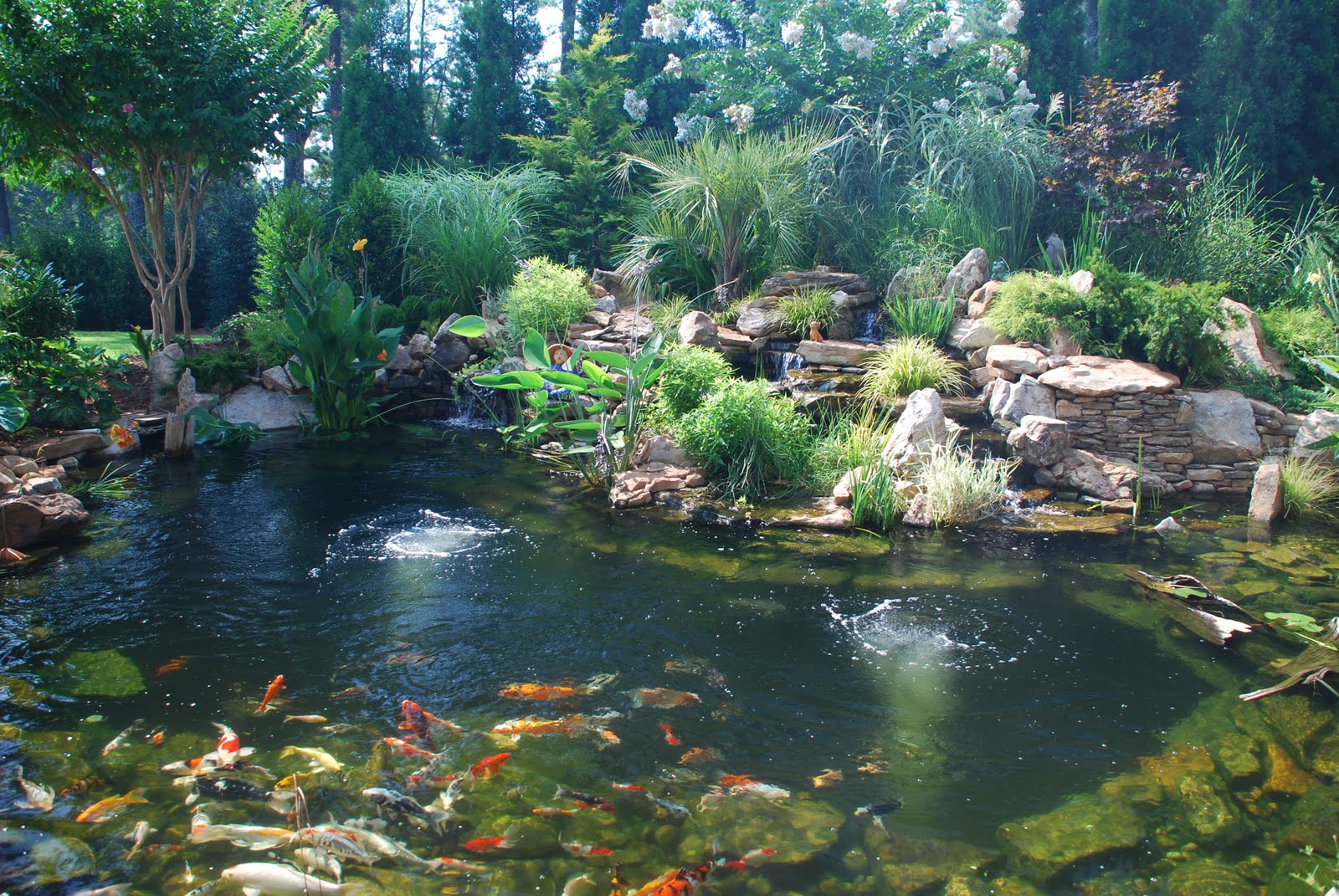
The Ultimate Guide to Using Bentonite for Your Koi Pond
Introduction
Koi ponds are a beautiful addition to any garden or outdoor space and offer a relaxing and calming effect. However, maintaining a koi pond can be challenging, especially when it comes to maintaining water quality and clarity. One solution to this problem is using bentonite, a type of clay that has proven to be beneficial for ponds and their inhabitants. In this article, we will discuss everything you need to know about using bentonite for your koi pond.
What is Bentonite?
Bentonite is a type of clay that is formed from volcanic ash and is known for its ability to absorb water and other impurities. The clay is commonly used in the construction of ponds and lakes due to its ability to seal leaks and improve water quality. Bentonite can also be used in koi ponds to achieve similar benefits.
Why Use Bentonite in Your Koi Pond?
Bentonite offers several benefits when used in koi ponds. Here are some of the reasons why you should consider using bentonite in your pond:
- Improved water quality: Bentonite absorbs impurities and toxins present in the water, resulting in improved water quality and clarity.
- Reduced algae growth: Algae growth can be a major problem in koi ponds as it can deplete oxygen levels and harm fish. Bentonite can reduce algae growth by absorbing nutrients that algae feed on.
- Leak prevention: If your pond is leaking, bentonite can be spread over the surface to effectively seal any leaks.
How to Use Bentonite in Your Koi Pond
Using bentonite in your koi pond is relatively easy and can be done in a few simple steps.
Step 1: Test the Water
Testing the water is an important step as it will help you determine the amount of bentonite to use. In general, one pound of bentonite is suitable for every square foot of pond surface area.
Step 2: Prepare the Pond
Before applying the bentonite, you must prepare the pond by removing any debris or plants that may be present on the surface. You should also drain the pond to expose any leaks or areas where the pond may need repair.
Step 3: Apply the Bentonite
Once the pond is prepared, you can begin applying the bentonite. It is recommended to spread the bentonite evenly over the surface of the pond and mix it with the soil. You should also wet the bentonite with water to activate its absorption properties.
Step 4: Fill the Pond
After applying the bentonite, you can fill the pond with water. It is important to fill the pond slowly to prevent any disturbance of the bentonite layer. You should also monitor the water quality regularly to ensure it remains in good condition.
Conclusion
Using bentonite in your koi pond can be a great way to improve water quality, reduce algae growth, and prevent leaks. By following the simple steps outlined in this article, you can easily apply bentonite to your pond and enjoy the benefits it offers. Regular maintenance and monitoring of water quality will help ensure your koi thrive in their new, improved environment.
Images







